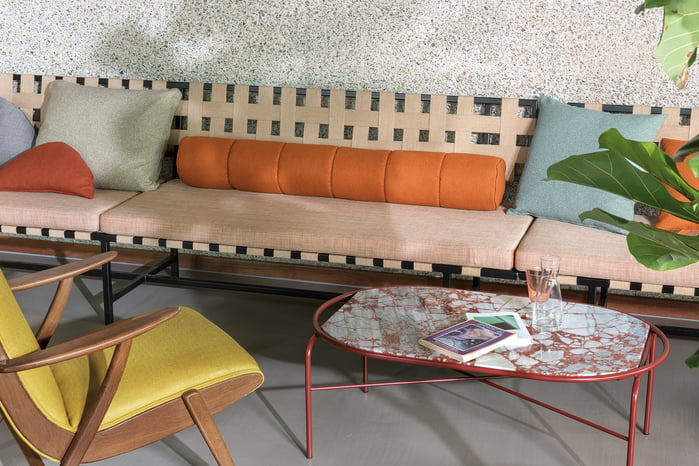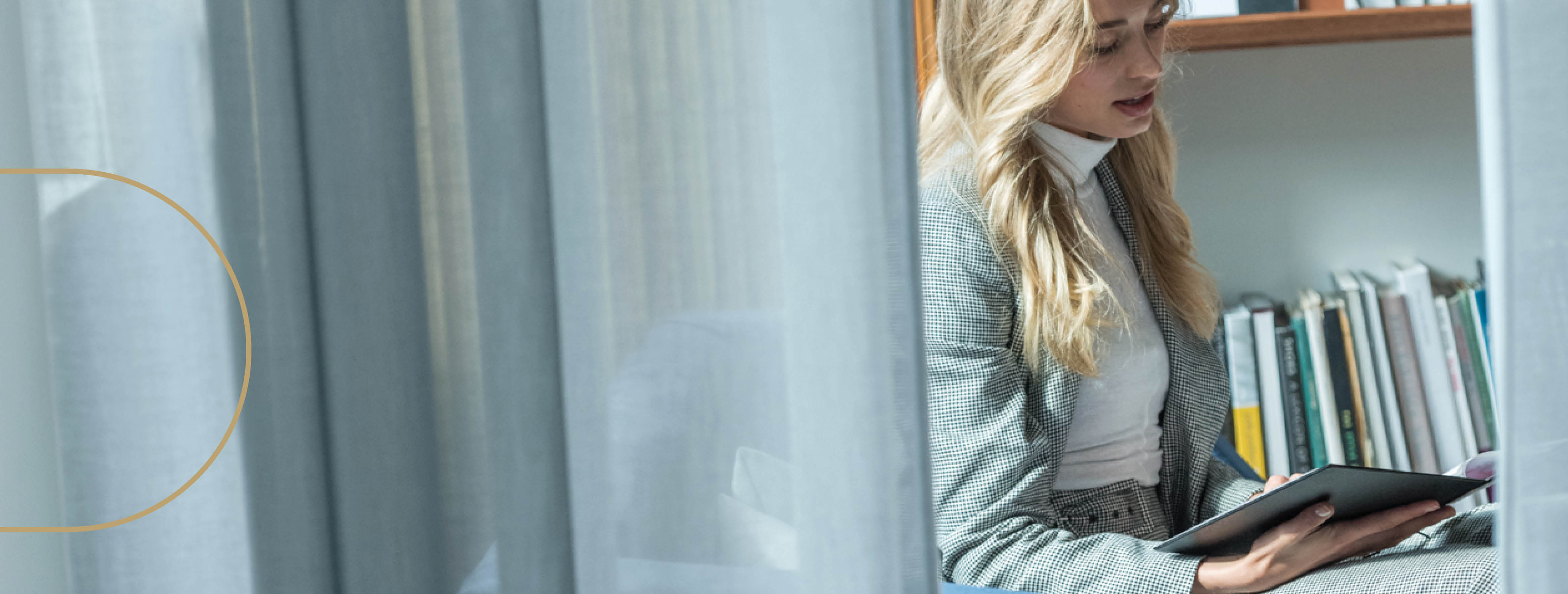But how do you determine whether a fabric really is high quality?
In our latest blog post, we guide you through the factors to consider when assessing whether the fabric you’re specifying meets all standards.
What to think about when assessing the quality of contract fabrics
When we talk about fabric quality in the textile industry, we're generally relating quality directly to performance. For example, it's worth knowing how durable a particular fabric is. Questions arise such as....Will it stand up to the demands required? Is it resistant to pilling? Will it stand up to regular washing? Is it adequately colour fast for the task in hand?
It's also important to take into consideration the specific intended use of a fabric. For example, if it's destined for a high-traffic area, then it must be durable enough to withstand these demands.
Related post: Contract fabric specification in 2021
If the fabric is to be used in a lobby area or busy restaurant then it must have adequate sound absorption properties.
And if the fabric is to be used in a high end hotel or cruise ship, clearly the appearance of the material must match the aesthetic requirements of these environments.

Are natural fabrics always better for commercial specifiers?
In the fashion industry, it's often thought that natural fabrics are more desirable than man-made ones. Cottons, silks and linens are synonymous with luxury and comfort.
But when it comes to textiles for both commercial and domestic interior design projects, synthetic fabrics often outperform natural materials. Many man-made fabrics now boast impressive performance credentials and are often better suited than their natural counterparts to the demanding requirements of a contract environment.
Related post: How designers deliver, even on a tight budget
However, it’s important to remember that not all synthetic fabrics are the same. Quality, durability and safety adherence varies from one manufacturer to another. So it's worth being extremely vigilant when making your fabric selections.
FR-One fabrics are made from 100% fire retardant polyester, which looks and feels entirely natural. Not only are they tough enough to withstand fire, shrinkage and fading, but they come in a wide range of fabrics versatile enough to suit all your interior design needs. Read about our latest fabrics range here.
The top three questions to ask when specifying contract fabrics
-
1) How durable is it?
In the fabric industry, durability is measured via rub count testing.
The 'Martindale test' sees a fabric sample rubbed repeatedly in a machine with a small disc of wire in a figure-of-eight motion.
Assessments are made at regular intervals to ascertain the fabric's ability to resist abrasion and a score is assigned. The higher the rub count of your chosen fabric, the more durable it will be.
-
2) Will it stand up to frequent washing?
Water testing is a vital part of a manufacturer's quality assessments to ensure that a fabric won't shrink or change colour after washing.
In these tests, textile engineers measure the fabric sample in both the warp and weft directions to record the initial dimensions.
The fabric then washed and measured again to determine whether or not it has changed. If a fabric is proven to be able to withstand washing at high temperatures it makes it better suited to healthcare and hospitality settings where it is vital to kill germs and remove allergens.
-
3) How light-fast is it?
Ultraviolet testing puts fabrics through their paces by exposing them to the equivalent of three months' continuous sunlight. Any colour changes are then assessed and graded on a scale from 1 to 8. The higher the rating, the better the fabric will withstand the damaging effects of sunlight.
It is particularly important to use a fabric with a high UV rating if it is going to be regularly exposed to sunlight, because UV rays can damage the structure of a fabric as well as affecting its colour.
With FR-One fabrics you will find all of this information and more in our specification materials.
.jpg?width=7360&name=019_001_optimum_inside_32%20(2).jpg)
Over to you
If you found this blog post useful, please share it online and spread the word! Are you interested in exploring stylish solutions to the rigorous demands of your project specifications? Contact us!





